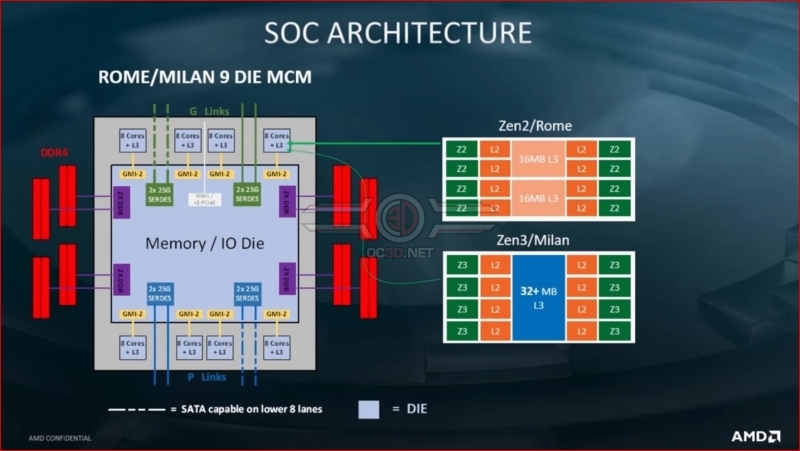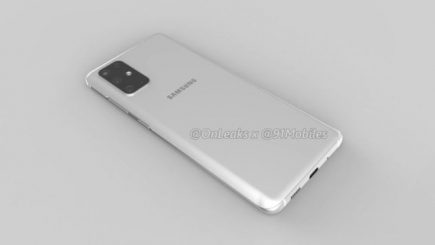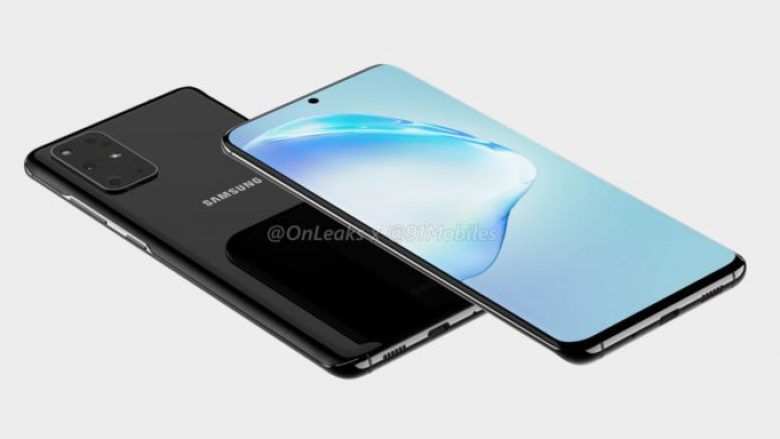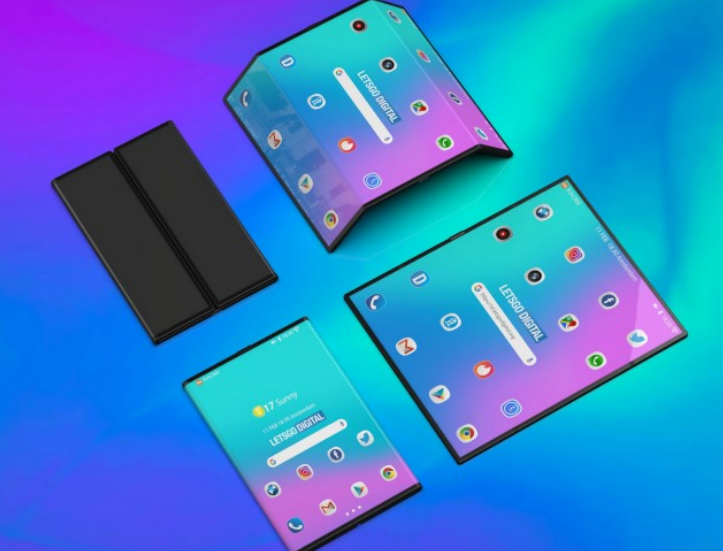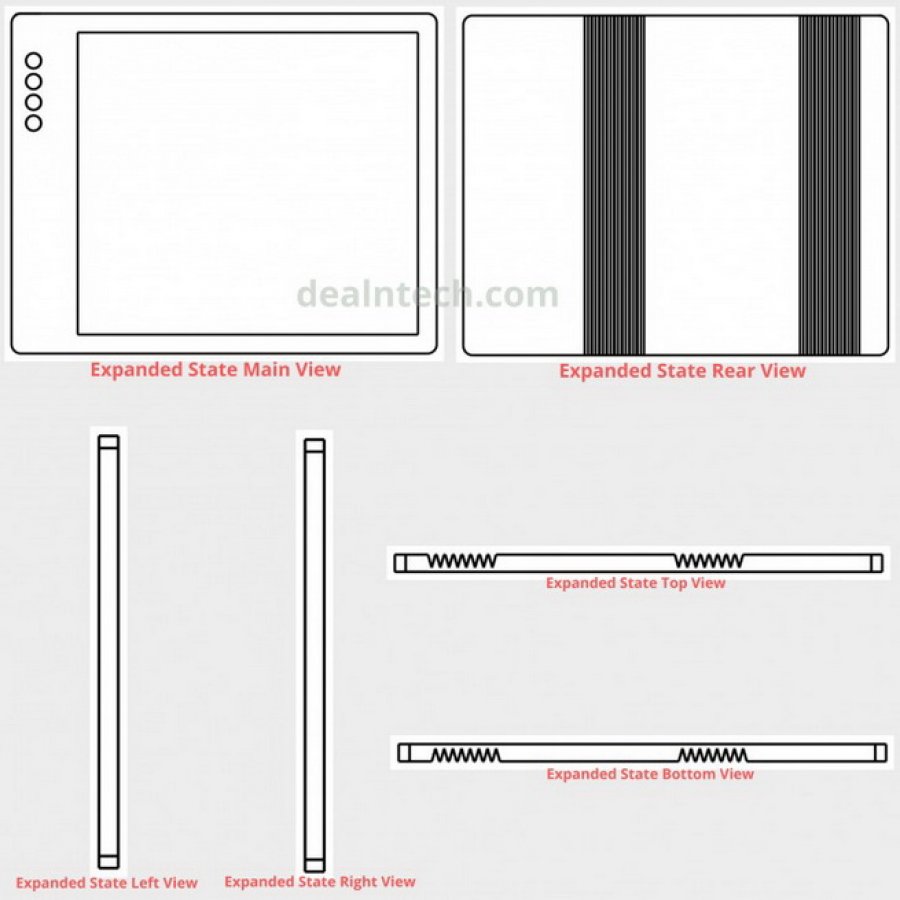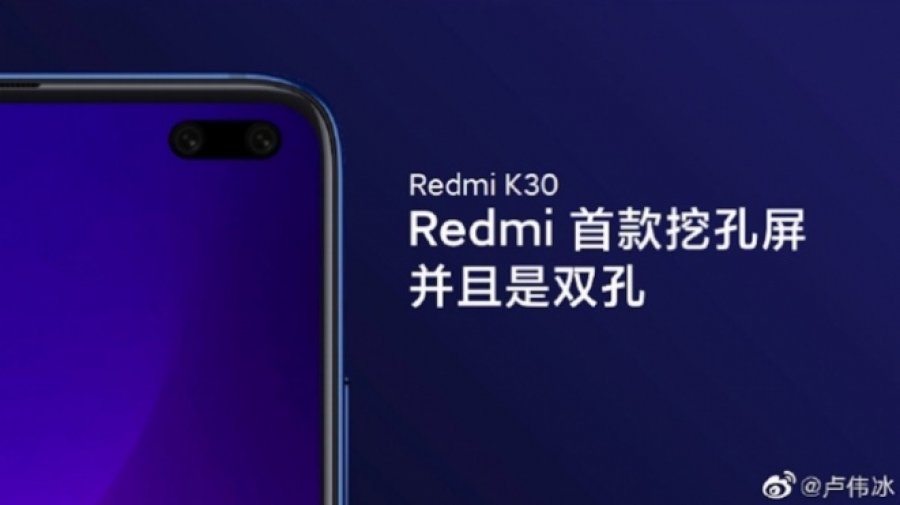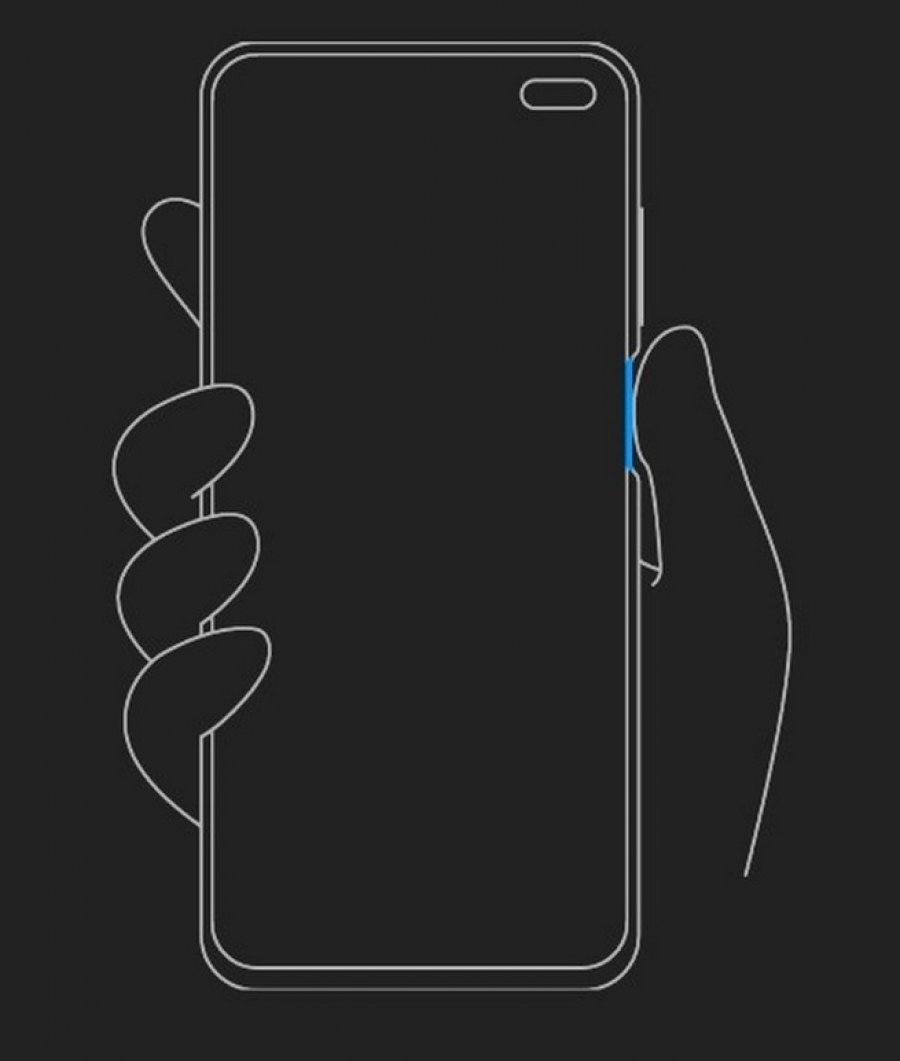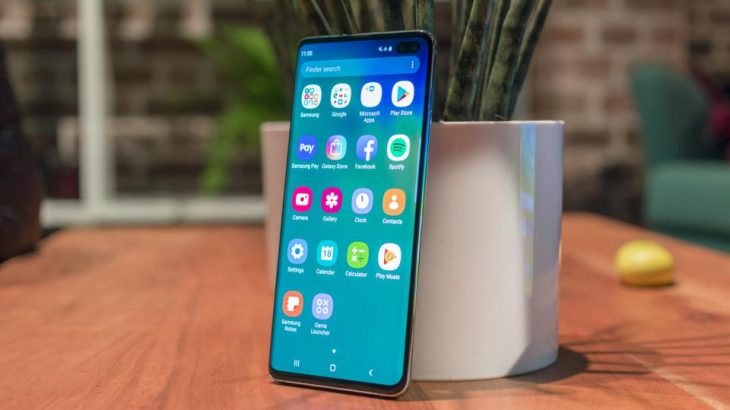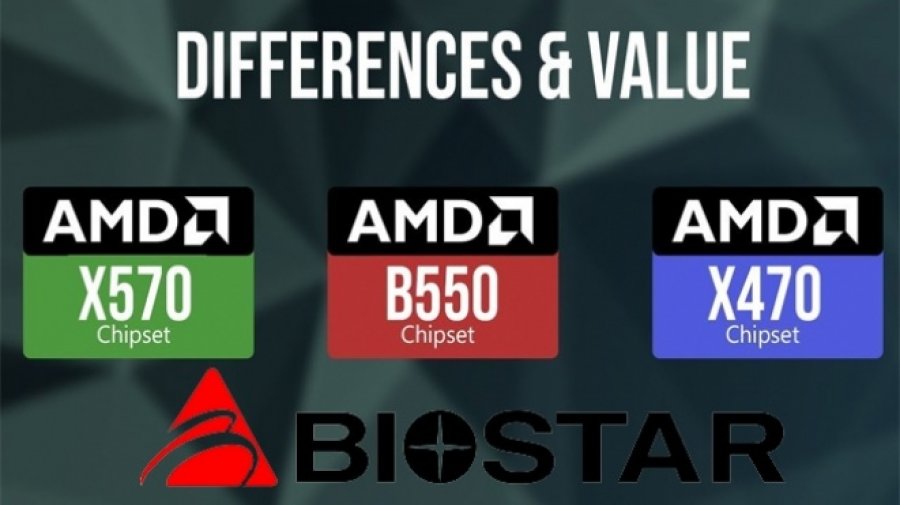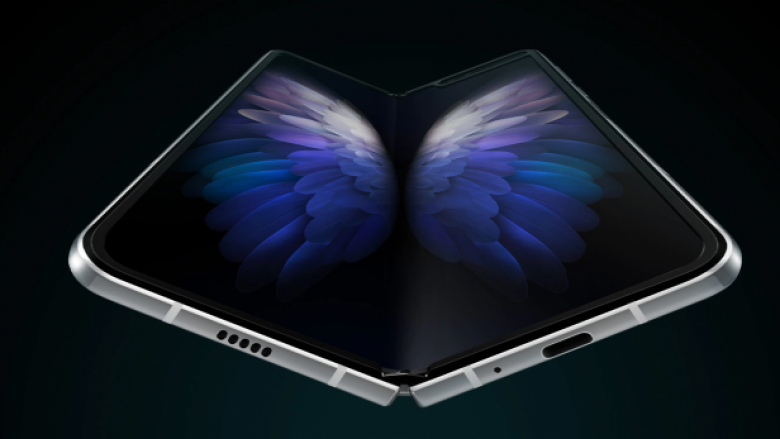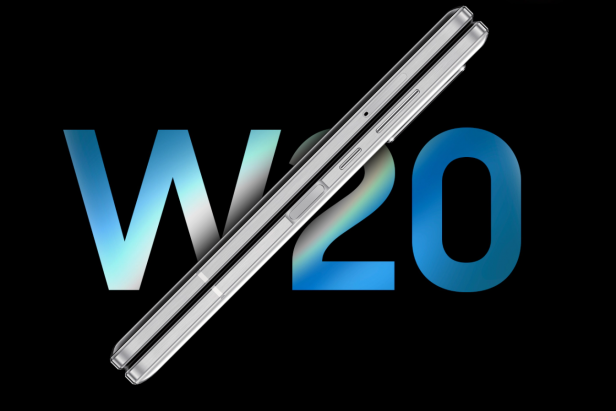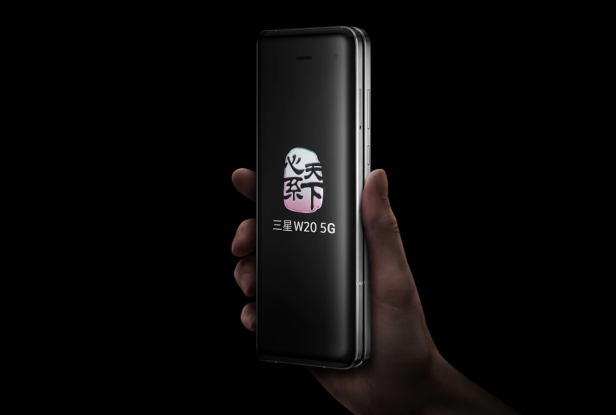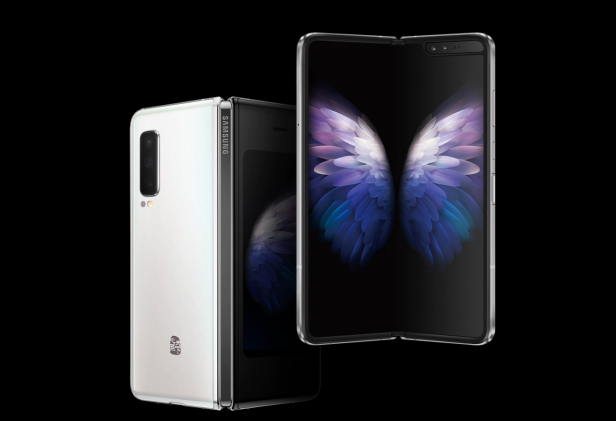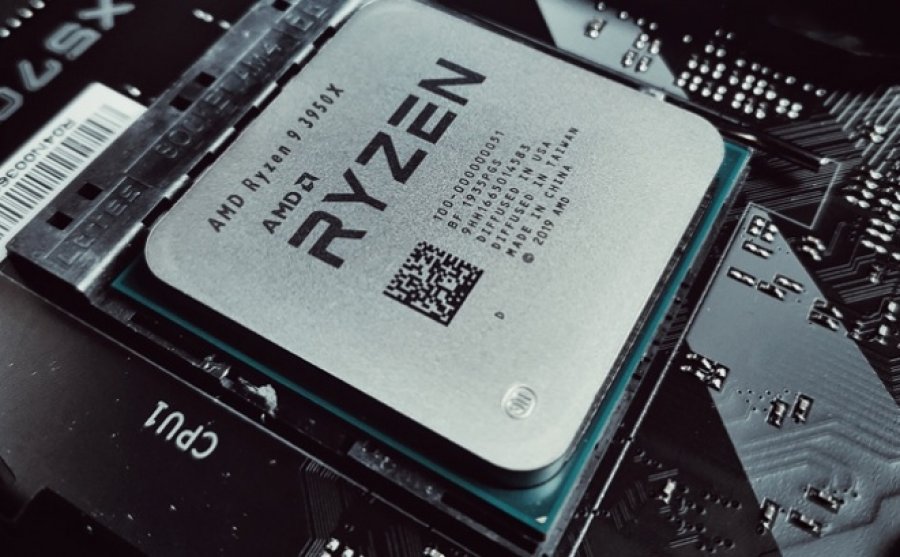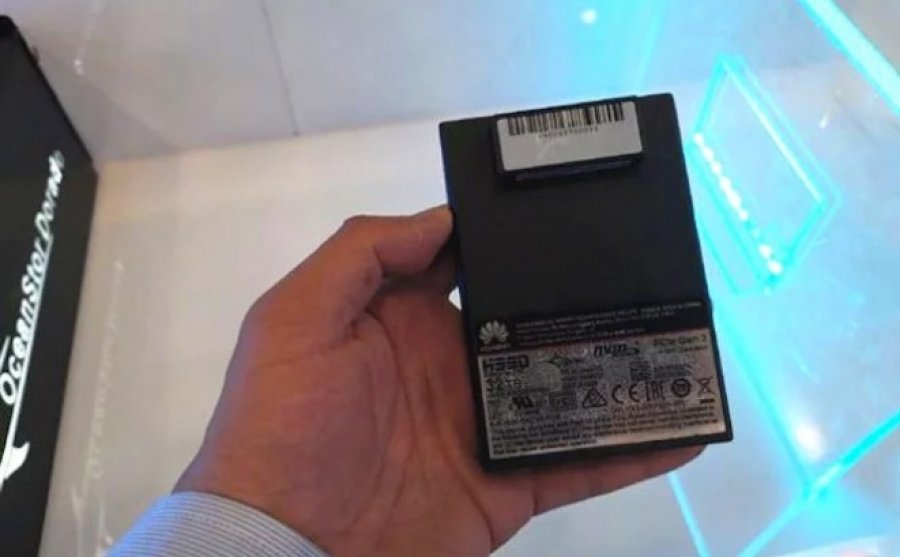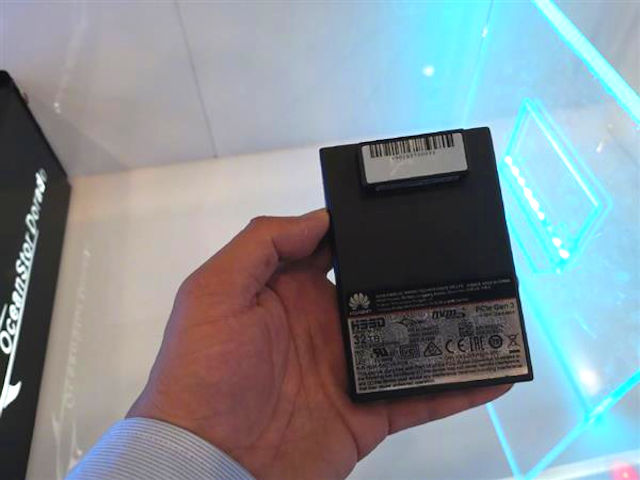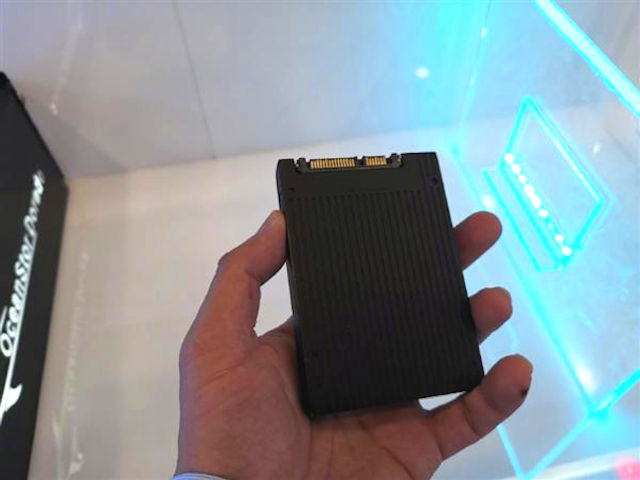Sources close to the manufacturer claim that the work on architectural design has already been completed and, according to their information, Zen 3 will be an evolution of the existing Zen 2. However, the latest release from AMD says that Zen 3 will be based on a completely new resource architecture, reports The Street.
When asked during the interview about Milan processors, which are actually the third generation of EPYC server processors and what the IPC acceleration will be compared to existing Zen 2 models, he replied that Zen 3 is not a simple evolution as it was Zen 2 compared to Zen models, but it’s a completely new processor architecture, so the performance boost will be significantly larger, enough to fully meet the high expectations regarding generation capabilities and speed of future Zen processors.
> Read Next: The first Samsung Galaxy S11 design concepts showcased (VIDEO)
So what do you think about this? Let us know your thoughts in the comments section below, follow us on twitter and facebook for more news and updates.
